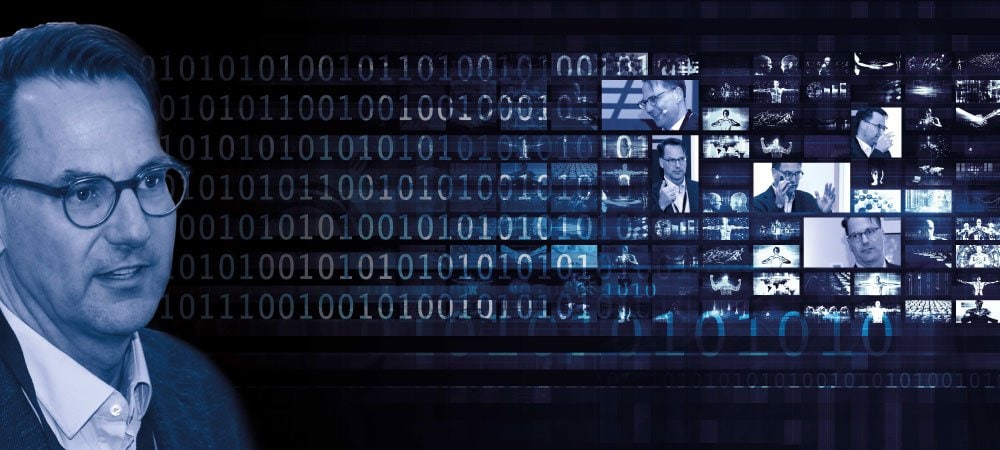SAP Played it Safe and Sound at the Sapphire 2024


But why is the stock market more positive about SAP than its customers? The topics and announcements at the two Sapphire customer conferences in Orlando, Florida, USA, and Barcelona, Spain, must have seemed boring to the stock market, which is hungry for news. Artificial Intelligence (AI) has indeed lost its glamor, and now is the time for implementation.
Use cases range from creating job ads—rather boring—to Joule for consultants. This could be a game changer, threatening legions of programmers hoping to make a living by switching to Hana.
Money is also being spent to add to SAP's portfolio: the purchase of WalkMe, announced at Sapphire USA, costs about 1.5 billion USD. Originally developed for training and onboarding, the software is designed to help end users get the most out of new SAP software, which is already supported by SAP Signavio and LeanIX.
"WalkMe builds on an organization's application landscape, identifies where friction exists, and provides the tailored support and automation that an organization needs to get the job done directly in the workflows and across all the applications involved," says SAP's press release on the acquisition. But there is no real fuel for the share price.
But perhaps it is the missing piece that will convince end users of SAP's strategy. According to a DSAG (German-speaking SAP User Group) survey conducted in the spring, 31 percent of respondents have a negative view of the S/4 cloud strategy for their own company, with one in six being very negative. Only twelve percent were positive, and one percent were very positive.
With so much headwind, SAP would be expected to use the customer conferences in Orlando and Barcelona to explain its strategy and inspire customers with new or at least relevant topics from a customer perspective. However, this does not seem to be working. RISE with SAP is also incorporating an enterprise architect to help customers move to the cloud. According to SAP, 6,000 Rise contracts have already been signed, which is in line with the DSAG survey, which estimates that one in six SAP ERP users plans to use RISE or is already using it.
The market for SAP consultants is expected to continue to grow until 2027/28, with pressure from the end of maintenance and a conversion rate of less than 50 percent ensuring a steady increase in demand and prices. The Damoclean end of maintenance in 2027 will also ensure that the majority of new migrations will be brownfield or bluefield—the opportunity to start afresh on a greenfield site and really break old habits will of course be passed over.
That leaves the Business Technology Platform (SAP BTP), which is supposed to be the control center for transformations. Partners are already using tools, as is SAP, of course, but customers are still a little less euphoric; the pricing model seems too expensive and opaque.
What remains of the two conferences? It was solid work—perhaps not bad in rather turbulent times. But it would have been nice to see a little more enthusiasm and optimism. SAP is not going to disappear for the time being, their financial and production areas are too irreplaceable.
The license model and the corresponding contracts—including the cloud variant—will continue to ensure regular income. But at SAP's headquarters in Walldorf, Germany, the question is why companies like ServiceNow and Workday have been able to grow so large and take an agile approach to the "new" topics.






